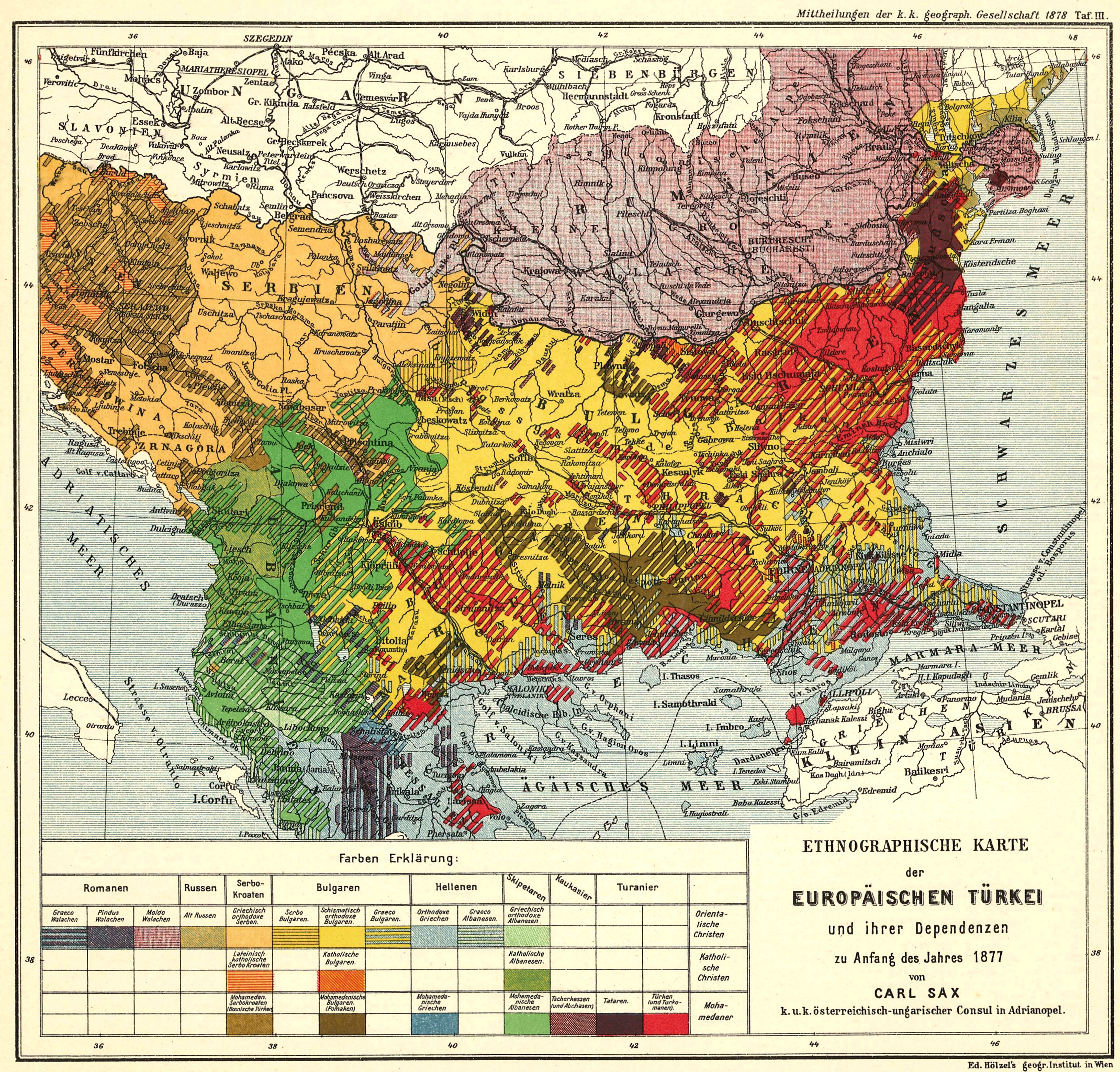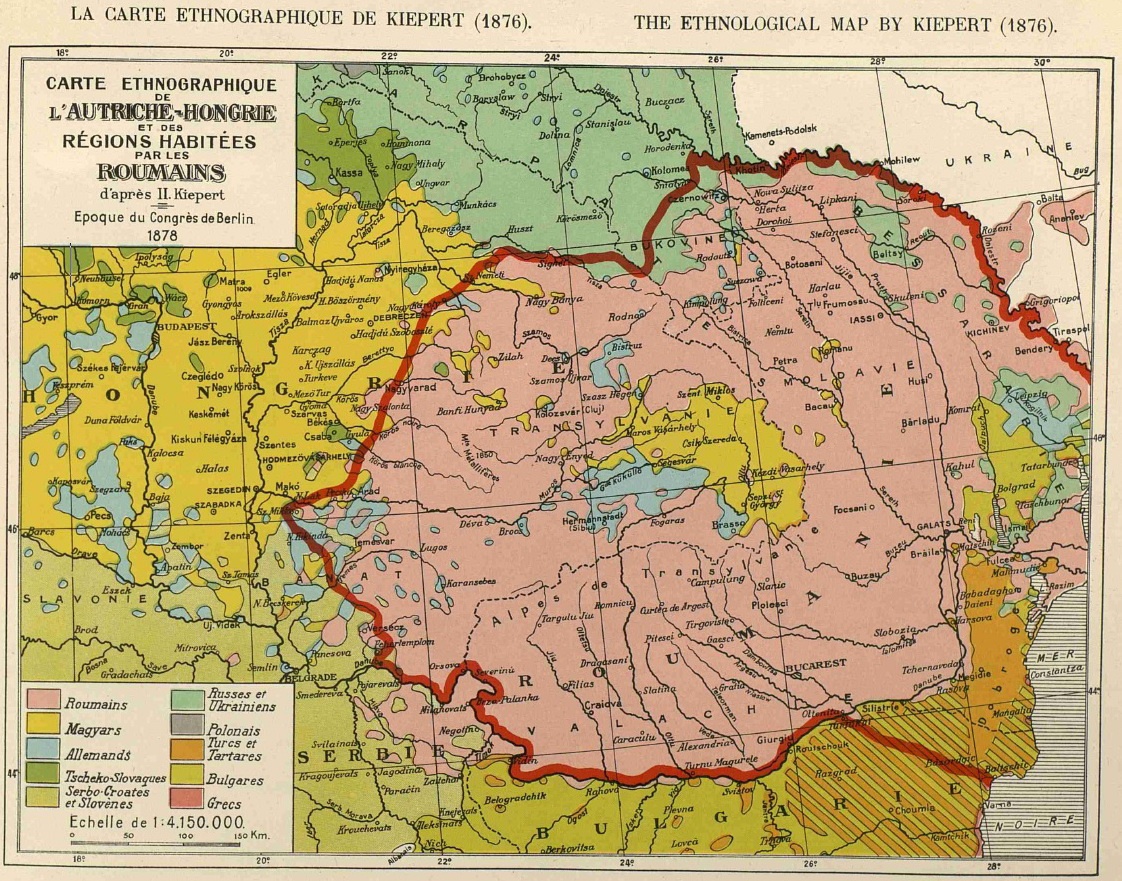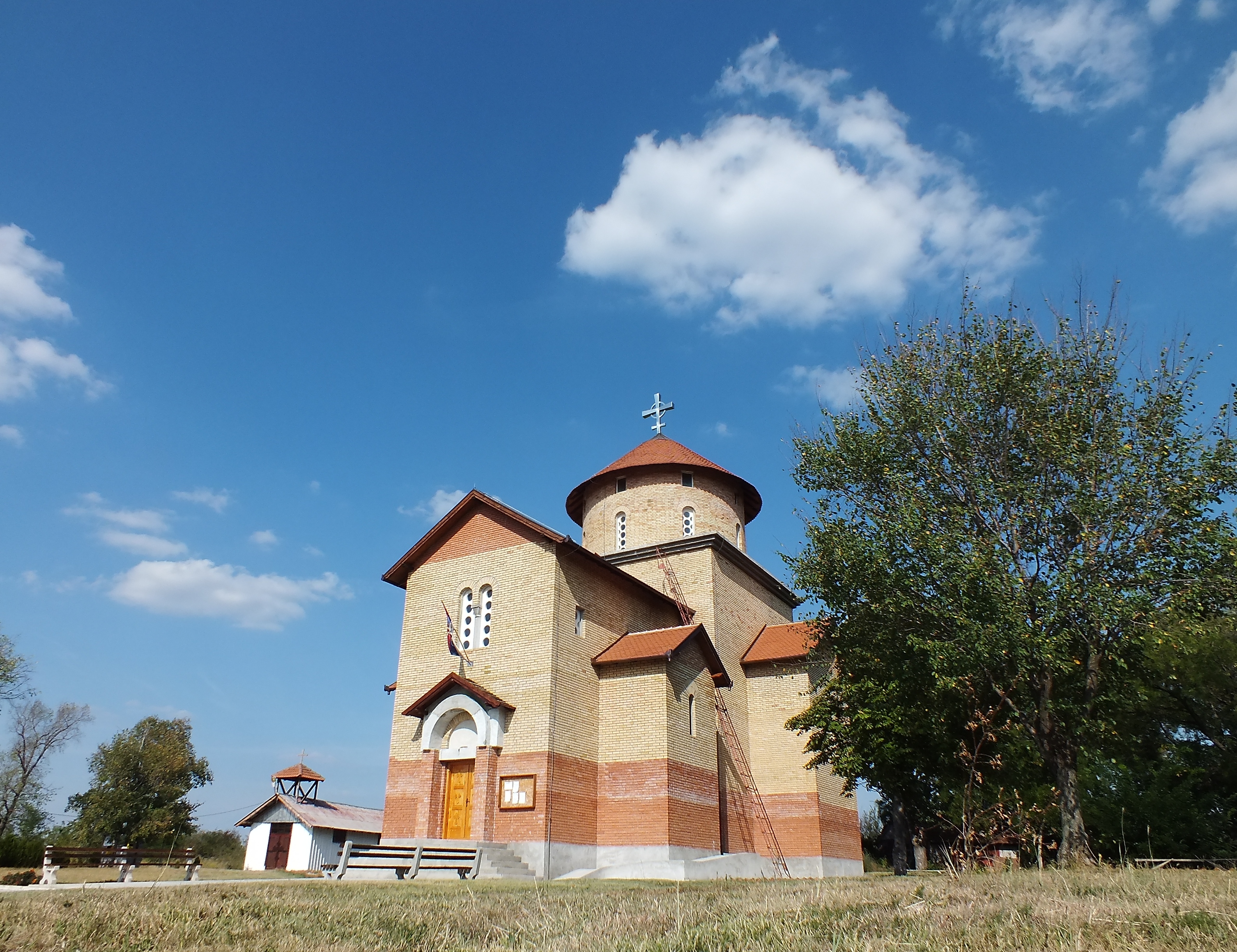|
Mali Iđoš
Mali Iđoš ( sr-cyrl, Мали Иђош, ; hu, Kishegyes, ) is a village and municipality located in the North Bačka District of the autonomous province Vojvodina, Serbia. The municipality comprises three local communities and has a population of 12,031, of whom 6,486 (53.91%) are ethnic Hungarians, 2,388 are Serbs (19.85%) and 1,956 are Montenegrins (16.26%). Mali Iđoš village has a population of 4,830. Name The first part of the name of the village, "mali" ("little" in English), was given in contrast to the village with similar name ( Iđoš), which is situated in northern Banat. The etymology goes back to the Hungarian name, 'Kishegyes', consisting of 'kis' (little) and 'hegyes' (mountainy lace. Inhabited places Mali Iđoš municipality includes the following villages: *Mali Iđoš ( hu, Kishegyes) *Lovćenac *Feketić ( hu, Bácsfeketehegy) Demographics According to the 2011 census results, the municipality of Mali Iđoš has a population of 12,031 inhabitants. Ethn ... [...More Info...] [...Related Items...] OR: [Wikipedia] [Google] [Baidu] |
List Of Cities In Serbia
, plural: ) is elected through popular vote, elected by their citizens in local elections. Also, the presidents of the municipalities are often referred to as "mayors" in everyday usage. There are 29 cities (, singular: ), each having an assembly and budget of its own. As with a municipality, the territory of a city is composed of a city proper and surrounding villages (e.g. the territory of the City of Subotica is composed of the Subotica town and surrounding villages). The capital Belgrade is the only city on the level of a district. All other cities are on the municipality level and are part of a district. ;City municipalities The city may or may not be divided into ''city municipalities''. Five cities (Belgrade, Niš, Požarevac, Vranje and Užice) comprise several city municipalities. Competences of cities and city municipalities are divided. The city municipalities of these six cities also have their assemblies and other prerogatives. The largest city municipality by number ... [...More Info...] [...Related Items...] OR: [Wikipedia] [Google] [Baidu] |
Banat
Banat (, ; hu, Bánság; sr, Банат, Banat) is a geographical and historical region that straddles Central and Eastern Europe and which is currently divided among three countries: the eastern part lies in western Romania (the counties of Timiș, Caraș-Severin, Arad south of the Mureș river, and the western part of Mehedinți); the western part of Banat is in northeastern Serbia (mostly included in Vojvodina, except for a small part included in the Belgrade Region); and a small northern part lies within southeastern Hungary (Csongrád-Csanád County). The region's historical ethnic diversity was severely affected by the events of World War II. Today, Banat is mostly populated by ethnic Romanians, Serbs and Hungarians, but small populations of other ethnic groups also live in the region. Nearly all are citizens of either Serbia, Romania or Hungary. Name During the Middle Ages, the term "banate" designated a frontier province led by a military governor who was called ... [...More Info...] [...Related Items...] OR: [Wikipedia] [Google] [Baidu] |
Rusyns
Rusyns (), also known as Carpatho-Rusyns (), or Rusnaks (), are an East Slavs, East Slavic ethnic group from the Carpathian Rus', Eastern Carpathians in Central Europe. They speak Rusyn language, Rusyn, an East Slavic languages, East Slavic Variety (linguistics), language variety, treated variously as either a distinct language or a dialect of the Ukrainian language. As traditional adherents of Eastern Christianity, the majority of Rusyns are Eastern Catholics, though a minority of Rusyns still practice Eastern Orthodoxy. Rusyns primarily self-identify as a distinct Slavs, Slavic people and they are recognized as such in Croatia, Hungary, Poland, Romania, Serbia, and Slovakia, where they have official national minority, minority status. Alternatively, some identify more closely with their country of residence (i.e. Poles, Polish, Slovaks, Slovak), while others are a branch of the Ukrainians, Ukrainian people. Rusyns are descended from an East Slavic population which inhabit ... [...More Info...] [...Related Items...] OR: [Wikipedia] [Google] [Baidu] |
Muslims (nationality)
Muslims ( Serbo-Croatian Latin and sl, Muslimani, Serbo-Croatian Cyrillic and mk, Муслимани) is a designation for a Serbo-Croatian speaking Muslims, inhabiting mostly the territory of the former Yugoslav republics. The term, adopted in 1971, designates Serbo-Croatian speaking Muslims, thus grouping together a number of distinct South Slavic communities of Islamic ethnocultural tradition. Prior to 1993, a vast majority of present-day Bosniaks self-identified as ethnic Muslims, along with some smaller groups of different ethnicity, such as Gorani and '' Torbeši''. This designation did not include Yugoslav non-Slavic Muslims, such as Albanians, Turks and Roma. After the breakup of Yugoslavia, a majority of Slavic Muslims of Bosnia and Herzegovina adopted the "Bosniak" ethnic designation in 1993, and they are today constitutionally recognized as one of three constituent peoples of Bosnia and Herzegovina. Approximately 100,000 people across the former Yugoslavia consi ... [...More Info...] [...Related Items...] OR: [Wikipedia] [Google] [Baidu] |
Albanians In Serbia
Albanians in Serbia ( sq, Shqiptarët në Serbi; sr, Албанци у Србији, Albanci u Srbiji) are an officially recognized ethnic minority living in the present-day country of Serbia. Geography In the municipalities of Preševo and Bujanovac Albanians form the majority of population (89.1% in Preševo and 61% in Bujanovac according to the 2002 census). In the municipality of Medveđa, Albanians are second largest ethnic group (after Serbs), and their participation in this municipality was 32% in 1981 census, 28.67% in 1991 and 26.17% in 2002. The region of Bujanovac and Preševo is widely known as the Preševo Valley (Serbian: Прешевска Долина, ''Preševska Dolina'', Albanian: ''Lugina e Preshevës''). History Late antiquity In late antiquity, the contact zone between Late Proto-Albanian and Balkan Latin was located in eastern and southeastern Serbia. This area included Nish, a city in southeastern Serbia. The toponym ''Niš'' in Slavic evolved from a ... [...More Info...] [...Related Items...] OR: [Wikipedia] [Google] [Baidu] |
Croats Of Serbia
Croats are a recognized national minority in Serbia, a status they received in 2002. The majority of the Bunjevac and Šokac communities traditionally identify as part of the Croatian minority as well. According to the 2011 census, there were 57,900 Croats in Serbia or 0.8% of the country's population. Of these, 47,033 lived in Vojvodina, where they formed the fourth largest ethnic group, representing 2.8% of the population. A further 7,752 lived in the national capital Belgrade, with the remaining 3,115 in the rest of the country. History During the 15th century, Croats mostly lived in the Syrmia region. It is estimated that they were a majority in 76 out of 801 villages that existed in the present-day territory of Vojvodina. According to 1851 data, it is estimated that the population of the Voivodeship of Serbia and Banat of Temeschwar, the historical province that was predecessor of present-day Vojvodina, included, among other ethnic groups, 62,936 Bunjevci and Šokci an ... [...More Info...] [...Related Items...] OR: [Wikipedia] [Google] [Baidu] |
Romanians In Serbia
Romanians ( ro, Românii din Serbia, sr, Румуни у Србији, Rumuni u Srbiji) are a recognised national minority in Serbia. The total number of self-declared Romanians according to the 2011 census was 29,332, while 35,330 people declared themselves Vlachs; there are differing views among some of the Vlachs over whether they should be regarded as Romanians or as members of a distinctive nationality. Declared Romanians are mostly concentrated in Banat, in Vojvodina, while declared Vlachs are mostly concentrated in the Timok Valley, in eastern Serbia. History As Daco-Romanian-speakers, the Vlachs have a connection to Roman heritage in Serbia. Following Roman withdrawal from the province of Dacia at the end of the 3rd century, the name of the Roman region was changed to Dacia Aureliana, and (later Dacia Ripensis) spread over most of what is now called Serbia and Bulgaria, and an undetermined number of Romanized Dacians ( Carpi) were settled there. Strong Roman prese ... [...More Info...] [...Related Items...] OR: [Wikipedia] [Google] [Baidu] |
Romani People In Serbia
Romani people, or Roma ( sr, Роми, Romi), are the third largest ethnic group in Serbia, numbering 147,604 (2.1%) according to the 2011 census. However, due to a legacy of poor birth registration and some other factors, this official number is likely underestimated. Estimates that correct for undercounting suggest that Serbia is one of countries with the most significant populations of Roma people in Europe at 250,000-500,000. Anywhere between 46,000 to 97,000 Roma are internally displaced from Kosovo after 1999. Another name used for the community is ''Cigani'' ( sr-Cyrl, Цигани). They are divided into numerous subgroups, with different, although related, Romani dialects and history. Subgroups Main sub-groups include "Turkish Gypsies" (''Turski Cigani''), "White Gypsies" (''Beli Cigani''), "Wallachian Gypsies" (''Vlaški Cigani'') and "Hungarian Gypsies" (''Mađarski Cigani''), as studied by scholar Tihomir Đorđević (1868–1944). * Wallachian Roma. Migrated fro ... [...More Info...] [...Related Items...] OR: [Wikipedia] [Google] [Baidu] |
Montenegrins Of Serbia
The Montenegrins of Serbia ( sr, Црногорци у Србији, Crnogorci u Srbiji) are a national minority in the country. According to the 2011 census, there are 38,527 citizens of recent Montenegrin descent, Montenegrin Serbs, or ethnic Montenegrins in Serbia. They are the sixth largest ethnic community in the Vojvodina province. Geography The largest concentration of Montenegrins in Vojvodina could be found in the municipalities of Vrbas (24.79%), Mali Iđoš (20.83%), and Kula (16.34%). Settlements in Vojvodina with an absolute or relative Montenegrin majority are: Lovćenac in the Mali Iđoš municipality with 56.86% Montenegrins, Kruščić in the Kula municipality with 32.64%, and Montenegrins in Savino Selo in the Vrbas municipality with 38.20% Montenegrins. Formerly, the village of Bačko Dobro Polje in the Vrbas municipality also had a Montenegrin majority (According to the 1971 census, Montenegrins comprised 55.39% of population of this village, while acco ... [...More Info...] [...Related Items...] OR: [Wikipedia] [Google] [Baidu] |
Hungarians In Serbia
Hungarians ( hu, Szerbiai magyarok, sr, Мађари у Србији, Mađari u Srbiji) are the second-largest ethnic group in Serbia. According to the 2011 census, there are 253,899 ethnic Hungarians composing 3.5% of the population of Serbia. The vast majority of them live in the northern autonomous province of Vojvodina, where they number 251,136 or 13% of the province's population, and almost 99% of all Hungarians in Serbia. Most Hungarians in Serbia are Roman Catholics by faith, while smaller numbers of them are Protestant (mostly Calvinist). Hungarian is listed as one of the six official languages of the Vojvodina, an autonomous province that traditionally fosters multilingualism, multiculturalism and multiconfessionalism. History Parts of the Vojvodina region were included in the medieval Kingdom of Hungary in the 10th century, and Hungarians then began to settle in the region, which before that time was mostly populated by West Slavs. During the Hungarian administratio ... [...More Info...] [...Related Items...] OR: [Wikipedia] [Google] [Baidu] |
Magyars
Hungarians, also known as Magyars ( ; hu, magyarok ), are a nation and ethnic group native to Hungary () and historical Hungarian lands who share a common culture, history, ancestry, and language. The Hungarian language belongs to the Uralic language family. There are an estimated 15 million ethnic Hungarians and their descendants worldwide, of whom 9.6 million live in today's Hungary. About 2–3 million Hungarians live in areas that were part of the Kingdom of Hungary before the Treaty of Trianon in 1920 and are now parts of Hungary's seven neighbouring countries, Slovakia, Ukraine, Romania, Serbia, Croatia, Slovenia, and Austria. Significant groups of people with Hungarian ancestry live in various other parts of the world, most of them in the United States, Canada, Germany, France, the United Kingdom, Chile, Brazil, Australia, and Argentina. Hungarians can be divided into several subgroups according to local linguistic and cultural characteristics; subgroups with distinct ... [...More Info...] [...Related Items...] OR: [Wikipedia] [Google] [Baidu] |
Mali Idjos Ethnic
Mali (; ), officially the Republic of Mali,, , ff, 𞤈𞤫𞤲𞥆𞤣𞤢𞥄𞤲𞤣𞤭 𞤃𞤢𞥄𞤤𞤭, Renndaandi Maali, italics=no, ar, جمهورية مالي, Jumhūriyyāt Mālī is a landlocked country in West Africa. Mali is the eighth-largest country in Africa, with an area of over . The population of Mali is million. 67% of its population was estimated to be under the age of 25 in 2017. Its capital and largest city is Bamako. The sovereign state of Mali consists of eight regions and its borders on the north reach deep into the middle of the Sahara Desert. The country's southern part is in the Sudanian savanna, where the majority of inhabitants live, and both the Niger and Senegal rivers pass through. The country's economy centres on agriculture and mining. One of Mali's most prominent natural resources is gold, and the country is the third largest producer of gold on the African continent. It also exports salt. Present-day Mali was once part of t ... [...More Info...] [...Related Items...] OR: [Wikipedia] [Google] [Baidu] |






